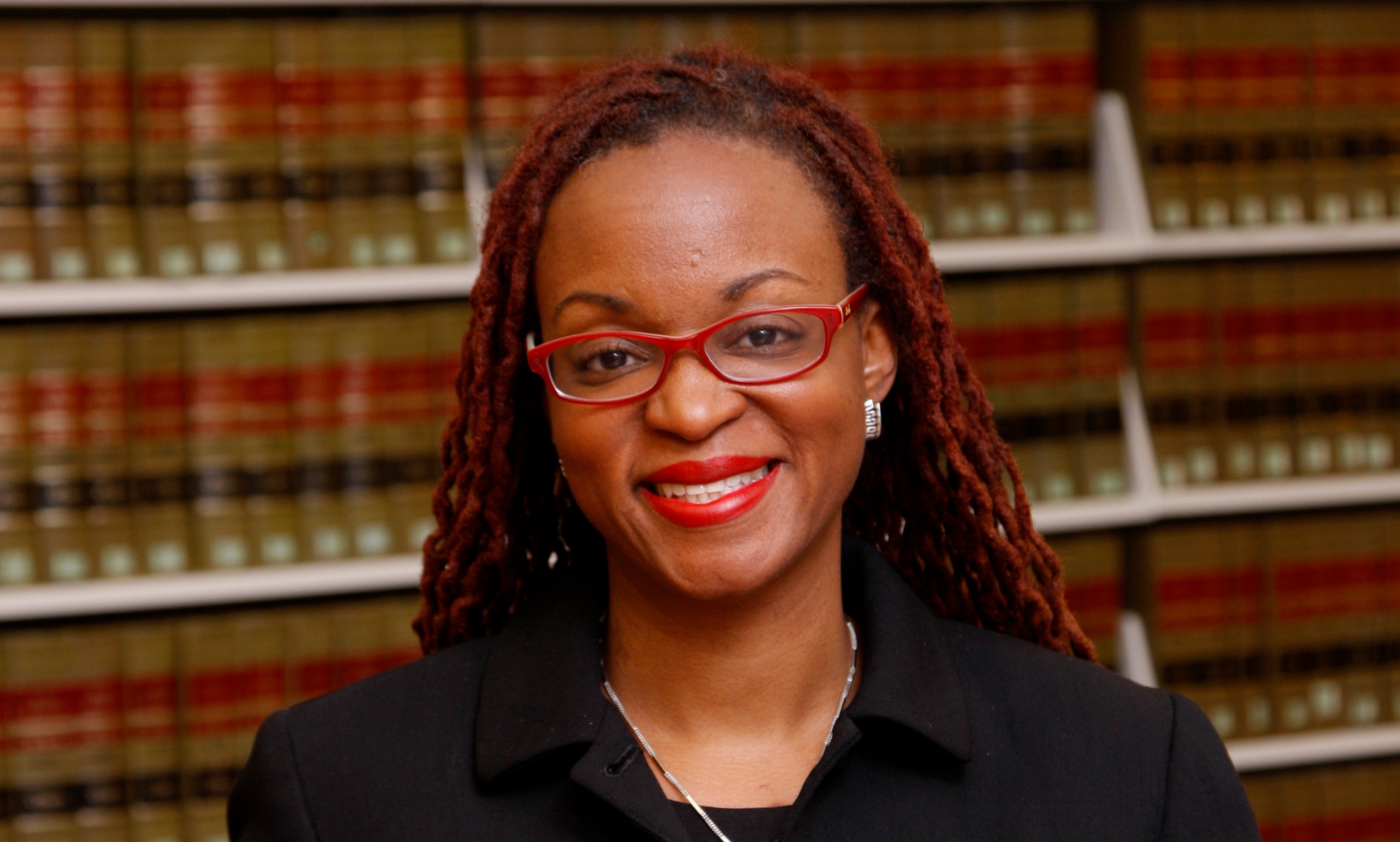Cell phone videos in recent years have captured multiple incidents in which white people have threatened African Americans with calls to police in situations in which no laws are being broken. The case of a white woman walking her dog in New York’s Central Park threatening a black man in this manner was the latest example of a phenomenon that has been called “Living While Black.”
Jamila Jefferson-Jones, associate professor of law at the University of Missouri-Kansas City, recently co-authored an article, "#LivingWhileBlack: Blackness as Nuisance," published by American University Law Review. She was subsequently interviewed for a New York Times article on the phenomenon.
Jefferson-Jones recently discussed the phenomenon with UMKC Today.
Can you explain the “Living While Black” phenomenon in layman’s terms?
The hashtag #LivingWhileBlack first appeared as a social media hashtag to mobilize attention to incidents where white people called the police on Black people for engaging in non-criminal/everyday activities such as shopping, using the sidewalk, swimming in community pools, studying in university common rooms or sitting in a Starbucks. While the term “Living While Black” had been previously used to describe the fraught conditions of navigating racist encounters for Black people, the hashtag brought this term into the nation’s common lexicon. It is a play on an older term, “Driving While Black,” which euphemistically describes the violence of racial profiling of Black drivers by law enforcement.
What does it mean for a public space to be “racialized”?
A public space is “racialized” when it is ascribed a racial identity or character that includes some and excludes others on the basis of race. Those spaces can be neighborhoods, public parks, avenues/boulevards, or sidewalks, among other spaces. Spaces are racialized by the people who use and lay claim to them, irrespective of whether those spaces are legally designated as public or private. The idea is that a claim is wrongfully staked to shared space in the name of racial exclusion based in notions of white supremacy.
What role has cellphone technology played in making Living While Black a “genre”? Is the net impact on black Americans positive or negative — i.e., easier for racists to call police quickly, but also a capacity for victims/bystanders to collect video evidence?
Cellphone technology has put high-quality video production and distribution in the hands of the masses. Everyone is able to use this ostensibly objective medium to validate their witness to abuses — whether to the circumstances prompting false 911 calls or to police violence. The ubiquity of cellphones does make it easier for racists to call the police quickly, but I think this is outweighed by the benefits that victims and bystanders are able to reap. Cellphone video corroborates what had previously been dismissed as unreliable.
Explain how the vocabulary and word usage of 911 callers is key to revealing their true racial intent — i.e., “you don’t belong here.”
In our law review article, we examined video recordings and transcripts of 911 calls from 2018 and 2019. Our research highlighted language that either explicitly called for exclusion of the victim based on his or her race or that employed racially coded language (“dog whistles”) to call for the removal or expulsion of Black people from shared space. In one instance, where a white graduate student called Yale’s campus police on a Black graduate student who was napping in their dormitory’s common room, both the white graduate student and the police relied on the language of “belonging” to question the Black student’s presence in the building. The implication was that someone like her could not possibly belong in such a Yale dorm.
Last month, when Amy Cooper called 911 on a Black birdwatcher in New York City’s Central Park, she deployed racist ideas about Black men to communicate to the dispatcher that he was a threat. In fact, before she called 911, she told Mr. Cooper that she was going to leverage racist ideas to summon police. Her intention was to signal to the dispatcher that Christian Cooper’s race alone made him a threat worthy of swift police response.
What are the potential legislative or procedural remedies that could reduce the incidence of #LivingWhileBlack events?
Some cities and states have enacted laws that punish perpetrators of #LivingWhileBlack abuses. Last year, the city of Grand Rapids, Michigan passed a human rights ordinance that prohibits crime reporting based, among other things, on an individual’s actual or perceived color or race. Such biased crime reporting may result in prosecution for a municipal civil infraction and is punishable by a modest fine in addition to costs, damages, expenses and sanctions. Also last year, Oregon enacted legislation that allows targets of #LivingWhileBlack calls to sue those who initiate such calls for civil damages up to $250. In the wake of the recent incident in Central Park, a bill that was introduced two years ago in the New York State Assembly has gained new life. It is already illegal in New York to make a false 911 call; if this new bill is passed, it will make it a hate crime to call 911 and make a false accusation of criminal activity based on race, gender or religion.
In addition to statutory remedies, there have been calls to better train 911 dispatchers so that they ask questions aimed at rooting out bias rather than unquestioningly sending officers to the scene. Finally, police must also be better-trained to respond to instances that may be #LivingWhileBlack occurrences — and to better protect the victims of such false reporting.

